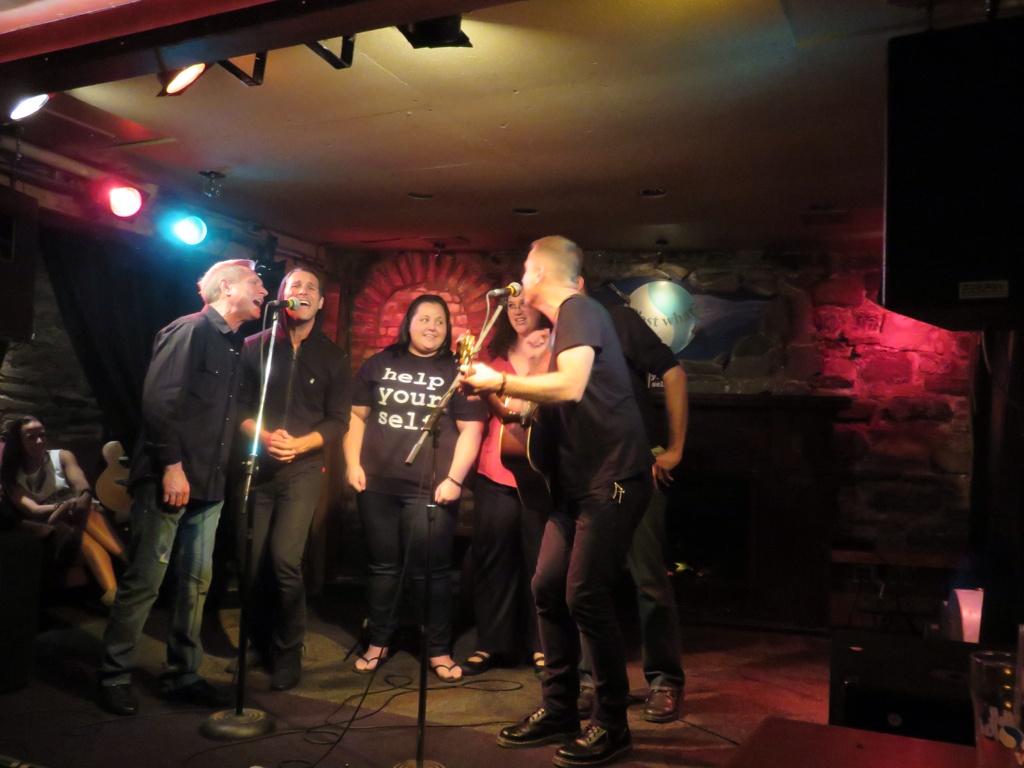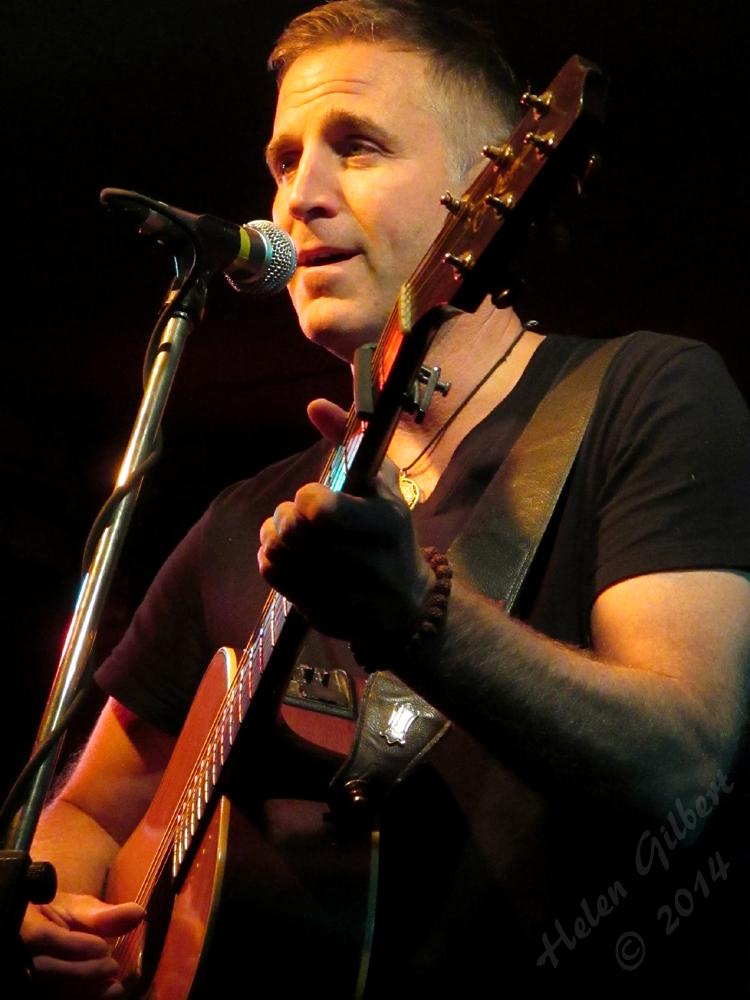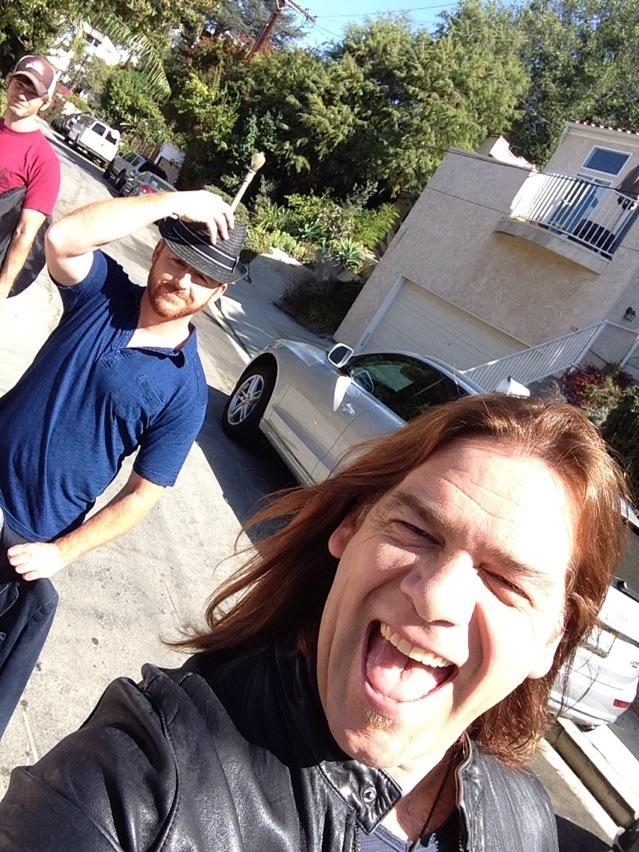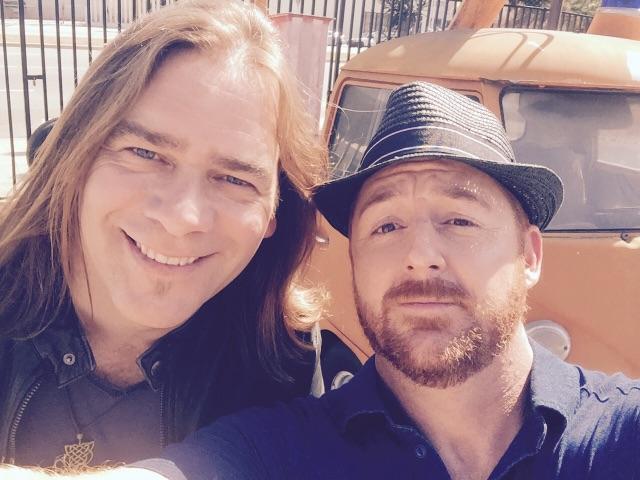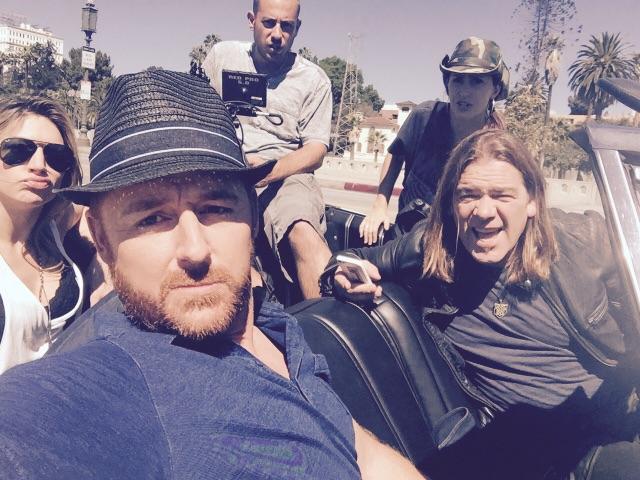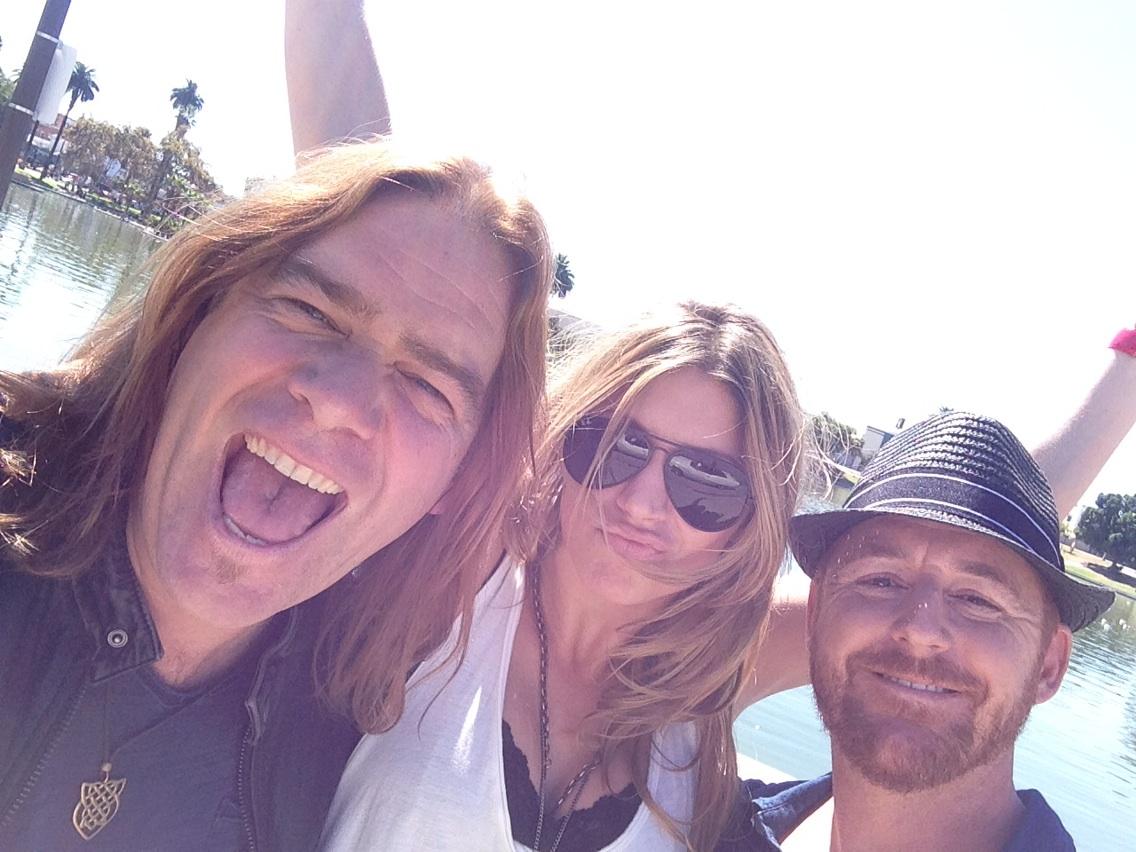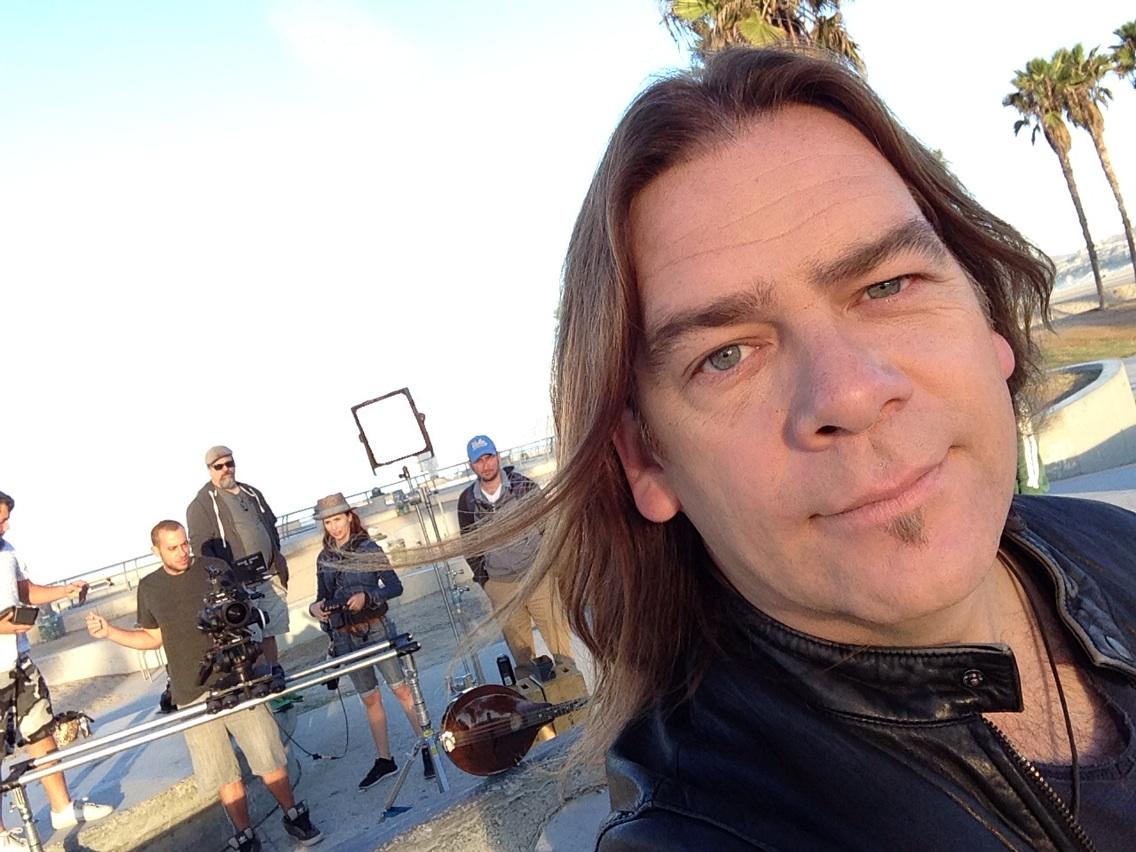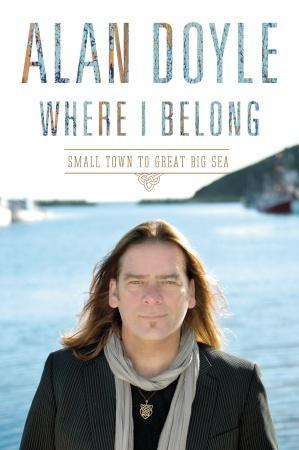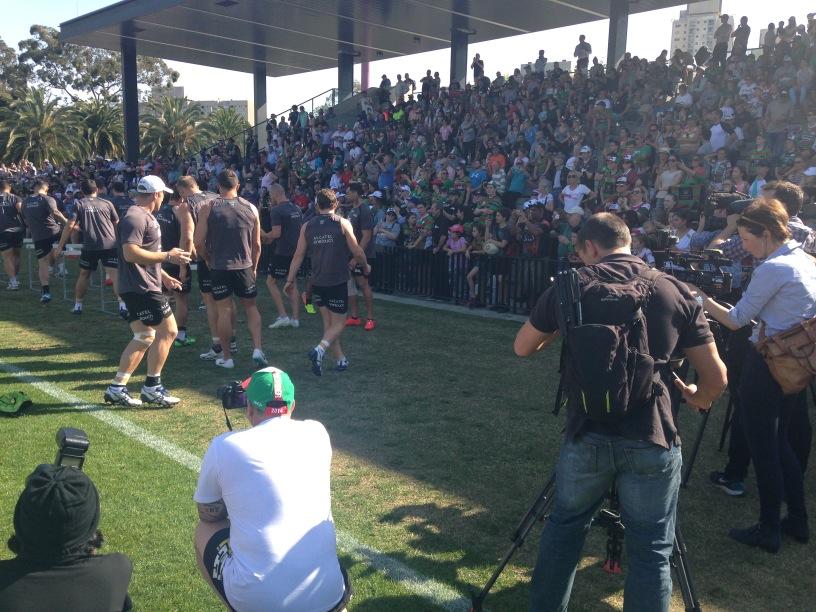Congratulations to the South
Sydney Rabbitohs and their fans for winning the National Rugby League Grand
Final in Australia. A dream come true for not only Russell Crowe but for the
team, management and the thousands of loyal fans.
Recently I found this really
interesting article in the New Zealand Herald about Russell Crowe’s love of the
Bunnies. I agree with the writer in that his role in the club and his love of the
Bunnies had in bringing about this premiership can’t go unrecognised.
The Rabbitohs are an Australian
sporting club with Australian cultural and social traditions that extend beyond
all the decisions being made by the shareholders and managers of the club. They
are an extension of the Australian community, its love of sport and its values
both the good and the not so good. An Australian sporting club cannot exist
without its membership who buy tickets and sit on seats every week at games and
who cheer the team on whether they win or lose no matter how money the club has
or who owns it.
The New Zealand Herald journalist writes about the
role of the members in the early years of the club “A model was devised, says Pappas, that gave club members the last say
about club heritage values, "the colours, the name, where we play, whether
we merge or not. That was a credit to Russell because he didn't see it as a
private placing or in fact as even something to make money out of. That wasn't
the aim."
While Russell Crowe's love of the Bunnies can not be disputed, he is also a wheeler and dealer playing with the
big boys and girls of business and celebrity doing deals for what he considers
in the best interests of the club. When he announced the signing of the Star Casino
as a major sponsor of the South Sydney Rabbitohs I had my doubts. A working
class club with working class people and a casino just didn’t sit right.
When Russell (and Peter Homes A
Court) took over the Rabbithos they declared they would eliminate poker
machines from their leagues club to make it more family friendly. The
proposal vote was defeated and they accepted sponsorship from online
gambling (Livingston 2014).
When Russell Crowe announced the
decision on Twitter there was a debate about the morals and ethics of a
gambling establishment sponsoring sporting teams like the Rabbitohs. A lot of
the fans went along with his decision because well, he was Russell Crowe.
Russell Crowe dismissed the doubters and objectors and justified his decision
by reminding them about Star Casino’s responsible gambling policy. Then there
were the big occasions in which Russell Crowe attended events and promoted the
casino.
By May 2013, the Sydney Morning
Herald reported the Star Casino would withdraw their sponsorship at the
end of season. Russell Crowe claimed he had held up his end of the deal. Their logo had been on the big names of American television. Russell Crowe
was quick to announce a new sponsor James Packer’s Crown Casino. This week the
media are speculating that James Packer will buy Peter Homes A Court’s share in
the Rabbitohs.
Russell Crowe was involved with
James Packer before the cancellation of the Star casino sponsorship. James
Packer who is interested in producing movies was an executive producer on
Russell Crowe’s movie Winter’s Tale in 2013. According to Nash Information
Services Winter’s Tale grossed over $22 million worldwide and a further $4
million in DVD sales.
When the Crown Casino announced
its sponsorship deal with the Rabbitohs it made plenty of promises to the
Rabbitohs and the community. But a casino is a casino, and James Packer has the
money he has because someone lost somewhere along the line. The original idea
of removing the pokies from the leagues club and making the Rabbitohs a family
friendly club has been lost a long time ago. (Although Russell Crowe has denied
he owns the leagues club). Livingston (2014) in his article ‘Rabbitohs go for the punt’ discusses
the history of the Rabbitohs involvement in gambling and gambling within the
larger context of Australian sport and the impact on the community. Gambling
sponsorship in Australian sport is a complicated business. Gambling is once
again validated and considered normal behaviour by further sponsorship and
investment from a casino.
The New Zealand Herald (2014)
journalist continues and states Russell has a “soft spot for the All Blacks” but he is Aussie Russell. Is he
really ‘Aussie’ Russell? Russell picks and uses ordinary Australian traits for his
own purpose. For example, maintain true to the working class values of the club,
the underdog tag and every Australian can pick themselves up by the bootlaces when they are down and do great things. Yes, Australians do that. He expects loyalty and gives
loyalty. Yes, Australians stand by their mates.
But what about the Australian value of having a
say? The Daily Telegraph (2014) recently reported after the grand final game
Russell Crowe called the general manager of the Crown Casino a pelican and he
should start looking for another job. Russell then deleted the tweet. The Crown
Casino manager should be able to have their say and support whatever sporting
team they want. Employees should be able to have a different opinion than those
of their employers and be able to express it. Sport in Australia is the great
equaliser and what unites them. And to deny that expression is well is unAustralian.
I hope in all reality the average member of the
Rabbitohs does have a say in the club and Russell genuinely listens.
The journalist continues “Crowe had to overcome the view among members
that the wealthy boys were taking their club away (he and Holmes a Court
appoint four of seven board seats)”. It seems this has gone full circle
with the inclusion of James Packer along for the ride. I doubt James Packer
invests his money in any venture that doesn’t make a profit. At some time he
will want a return. He will be looking somewhere for it and I can only imagine
where that will be.
References
Benns.M. (2014). Russell Crowe
slams Crowne Casino boss over support for Bulldogs in NRL grand final against
Rabbitoh. Daily Telegraph. 6 October 2014.
Chammas, M. (2013) Packer
pouncies with $3 million Rabbitohs sponsorship deal. Sydney Morning Herald 14
May 2013.
Livingston, C. (2014). Rabbitohs go
for punt. Opinion. The Drum. Abc.net.au 10 October 2014
Taylor, P.(2014). For love of
Bunnies. New Zealand Herald. 4 October 2014
‘For love of Bunnies’ by Phil Taylor New Zealand Herald 4 October 2014.
Russell Crowe embraces the Rabbitohs' Issac Luke after the first
preliminary final. Luke has been suspended and won't play in the grand final.
He's
played a gladiator and a maths genius and a whistleblower but Russell Crowe
always was a Souths' tragic.
Wealthy
men buy sports clubs for vanity or anticipated profit. For Crowe, the available
evidence suggests he did it for love.
Should
therefore, the South Sydney District Rugby League Football Club, better known
as the South Sydney Rabbitohs, confirm their firm favouritism tomorrow and win
the NRL premiership, Crowe will surely deserve to relish that greatest and
simplest pleasure of the diehard fan - vindication.
His
is the club the authorities didn't want, the club they now cannot get enough
of. And Crowe is as important as anyone in bringing them to this day.
The
A$3 million that Crowe and businessman Peter Holmes a Court paid for a 75 per
cent stake in the club in 2006 is considered pivotal. Crowe's association with
the team goes back to his primary school years in the district.
The
club born to represent the labouring class in the city's south has won the
premiership 20 times but not since 1971. The powers that be gave up on them in
1999, Souths the only club culled for the next season's 14-side format. No
matter that Souths won the first ever game in Australia, played in 1908.
Souths
fought their way back through the courts, led by corporate lawyer and current
chairman Nick Pappas. Vital though that was, it did not guarantee survival. The
club was skint.
The
rebirth of the Rabbitohs began on 7 June, 2006, through a new partnership
between Russell Crowe, Peter Holmes a Court and the 8000 Members of the Club.
"We knew that in the absence of a leagues club to back us ... , we needed
private investment because the years out of the competition had caused such
deep damage to the club. We started with no players, with no administration,
with no infrastructure," Pappas told the Herald. "After the euphoria
passed of being back in, the reality set in which was that we had to run a
business and we had no corporate connections and we had no business
connections."
A
revolution was required at the club that traditionally had no love of the rich
and famous. Club patriarch George Piggins walked when the club voted in Crowe
and Holmes a Court. It appears he has relented, this week saying he will break
his eight-year absence to cheer the club tomorrow.
"It
was pretty personal, the fight with Russell and Holmes a Court ... at some
point it went too far.
"I
would shake hands, you grow up. I'm 70, you have to realise it is a game."
Crowe
felt the love from Penrith Panthers' general manager Phil Gould, who played one
season for Souths. Crowe had "stood the test of time", wrote Gould.
"I
don't know Russell Crowe, but ... I stand and applaud him for his efforts. I
thank him on behalf of rugby league for what he has done with the South Sydney
Club."
Pappas
has watched many games with Crowe and can vouch for his passion. "He's a
fan. He's excited. He's talking about what this is going to mean for his sons.
He's talking about the memories that are flooding back, about as a young boy
going to watch the Rabbitohs with his dad. It's the same passion that we all
feel. It's that father-son bond, footy seems to be that father-son dynamic,
that is passed down and is treasured.
"At
the games he is just another supporter and that's how he wants to be. He has
enough lustre from Hollywood and those other things he does. He doesn't need
South Sydney for that.
"As
I understand it, his father had a workshop in Botany, which is in the South
Sydney district, in the working class heartland. [Crowe's bond] was forged
quite young."
Pappas
says Crowe's personal influence on the club dates well before he became a major
owner. "He was side by side with us when we were marching in the streets
and fighting in the courts. He bought the bell [the original timekeeper's bell
rung at the 1908 game, for A$42,000 in 1999 from its owner and donated it back
to the club]. The bell is going to be rung again on Sunday. He wasn't just
someone who came along as a sort of opportunistic investor. He's someone who
has worn the red and green proudly. There was only one sporting organisation
that he wanted to be associated with."
Crowe
had to overcome the view among members that the wealthy boys were taking their
club away (he and Holmes a Court appoint four of seven board seats). A model
was devised, says Pappas, that gave club members the last say about club
heritage values, "the colours, the name, where we play, whether we merge
or not. That was a credit to Russell because he didn't see it as a private
placing or in fact as even something to make money out of. That wasn't the
aim."
Crowe
may have been born in Wellington but his marrow is in the working class of
Sydney's south.
The
actor brought his star power to bear. Oprah, Ronaldo and Tom Cruise attended
matches or were photographed sporting Rabbitohs hats, while Crowe spread the
word via chat kings such as Jay Leno.
"Russell
never misses a chance to spread the Rabbitohs message," Pappas recently
said, of his own appearance in Crowe's directorial debut, The Water Diviner.
The
film traces the journey of an Aussie father searching for his sons after the
battles of Gallipoli, and in Alfred Hitchcock style, Crowe slipped the Souths
chairman into an Istanbul market scene where Pappas appears as a Fez-wearing
rabbit vendor, holding a cage of bunnies and crying in Turkish: "Rabbits
for sale!"
Crowe
has had a direct role in acquiring star players, none more than Englishman Sam
Burgess.
"We
already knew about these four Burgess brothers (now all with Souths) who were
on the rise in English football but it was pretty convenient that Russell
happened to be shooting a film in England at the time."
Crowe's
wooing included having Sam Burgess and his mother, Julie, visit his trailer on
the set of Robin Hood.
CROWE
WAS seven years old and living in Sydney when Souths last won the grand final.
He has a soft spot for the All Blacks but Crowe is Aussie Russell. Even with
Black Caps legends Marty and Jeff for cousins, he couldn't go past the Australian
cricket team he grew up with. He felt more Australian than Kiwi, he has said,
because he'd spent his formative primary school years there. "I got to
Australia when I was four, then went back to New Zealand as a teenager [for
several years], but that's a big whack of your life."
His
father, Alex, who was from Canterbury, and mother Jocelyn, were living in
Wellington when Russell was born. They moved back from Australia after a
decade, settling in Mt Roskill. Crowe has said he was caned at Auckland Grammar
for not knowing the words of the national anthem. "I thought that was
extremely unreasonable. I'd been back in the country about two months."
He
gigged as a cabaret rocker named Russ Le Roq and ran a nightclub named The
Venue before returning to Sydney in his early 20s with $300 in his pocket,
determined to do better than what he termed his "also ran, also
starred" phase. "In New Zealand I was considered an arrogant
outsider. I thought I was just excited," he said in a 1988 Herald interview.
Now
one of the best of his generation of actors and on the brink of becoming the
toast of Sydney's sports community, might Crowe see his job as done and sell
his shares as he hinted at doing a couple of years ago to "simplify"
life after he split with Danielle Spencer?
"I
don't think so," says Pappas. "He doesn't need to put his hand in his
pocket [anymore]. The business now comfortably runs itself. The sky's the limit
because we reached that stage without a premiership. You can't say forever, but
I think this is a long term proposition for Russell. It's just the beginning of
the ride."
Crowe's first love
South Sydney District Rugby League Football Club
Formed: 1908
Known as: Rabbitohs, Bunnies
Colours: Red and green
Culled from the national competition: 1999
Re-instated: 2002
Revitalised: 2006 via partnership between Russell Crowe, Peter Holmes a
Court and the 8000 club members.
Last won the premiership: 1971
In the grand final: Tomorrow against the Canterbury Bulldogs.
